Introduction
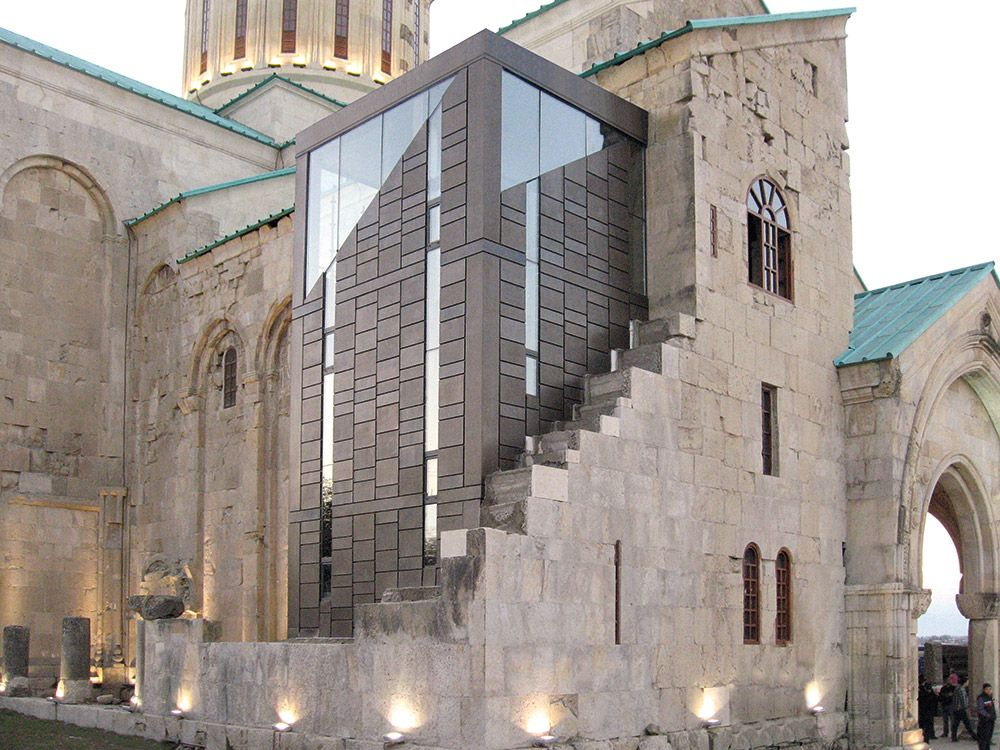
Heritage conservation is facing unprecedented challenges in the modern age—from environmental degradation and urbanization pressures to natural disasters and aging infrastructure. To meet these challenges effectively, cultural heritage professionals are turning to advanced digital technologies known as heritage restoration simulators. These simulators combine state-of-the-art 3D modeling, Building Information Modeling (BIM), Artificial Intelligence (AI), virtual and augmented reality (VR/AR), and digital twin technologies to create detailed, interactive simulations that support every stage of heritage preservation and restoration.
Heritage restoration simulators enable precise documentation, risk assessment, restoration planning, and training through virtual replication of historic structures, artifacts, and sites. Their ability to model physical conditions and simulate interventions with high fidelity helps conservators make informed decisions that minimize damage while preserving authenticity. Moreover, they facilitate collaboration among multidisciplinary teams and engage public stakeholders remotely, transforming heritage conservation into a transparent, data-driven, and immersive endeavor.
This comprehensive article explores the evolution, core technologies, practical applications, case studies, benefits, challenges, and future directions of heritage restoration simulators. It aims to provide architects, conservationists, policymakers, and technologists with an authoritative understanding of how digital simulation tools are revolutionizing the safeguarding of cultural legacies worldwide.
1. Evolution and Significance of Heritage Restoration Simulators
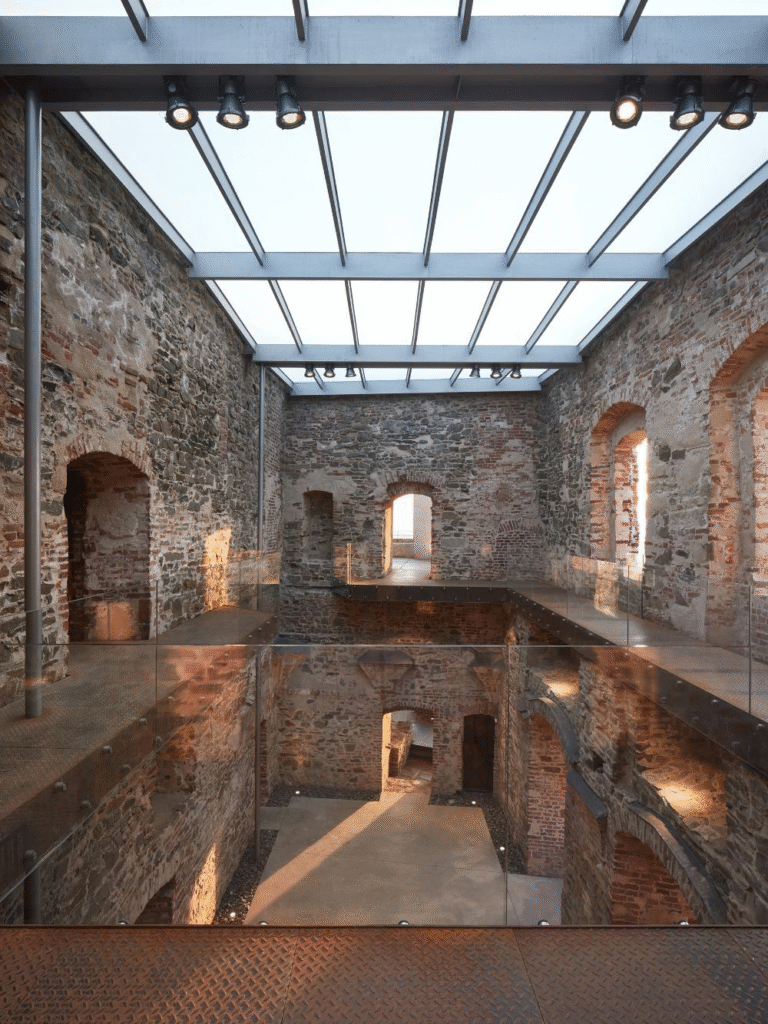
Heritage restoration simulators emerged from the intersection of computer-aided design (CAD), BIM, and digital heritage documentation during the early 21st century. As these related fields matured, incorporating laser scanning, photogrammetry, and computational modeling, it became possible to craft detailed virtual models of physical heritage assets—ranging from centuries-old buildings and archaeological sites to fragile artworks and artifacts.
The significance of simulators lies in their capacity to:
- Preserve fragile evidence digitally before or during physical intervention.
- Accurately assess structural conditions and predict damage progression.
- Virtually test restoration techniques for safety and effectiveness.
- Train restoration artisans without risking physical assets.
- Engage diverse stakeholders through immersive visualization.
By integrating historical documentation, scientific data, and expert knowledge, restoration simulators bridge the gap between traditional craftsmanship and cutting-edge digital engineering—ushering heritage conservation into an era of precision, foresight, and democratized participation.
2. Core Technologies and Methods in Heritage Restoration Simulation
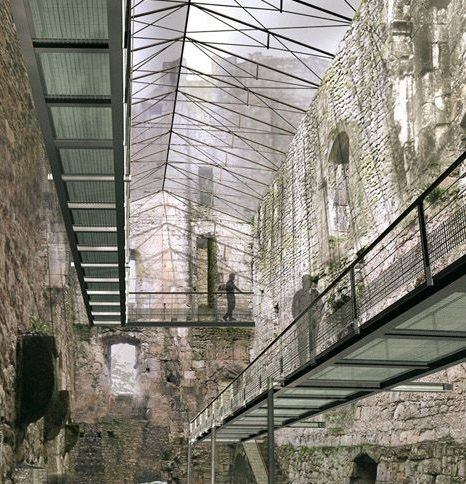
2.1 3D Laser Scanning and Photogrammetry
High-resolution 3D data acquisition is foundational for simulator accuracy. Techniques include:
- Terrestrial and drone-mounted LiDAR scanners capturing millions of spatial points to reconstruct detailed geometries.
- Photogrammetry leveraging overlapping photographs to produce textured 3D meshes.
- These data form dense point clouds representing minute surface details, structural features, and deterioration patterns.
2.2 Building Information Modeling (BIM) for Heritage (HBIM)
Historic BIM (HBIM) adapts traditional BIM tools to heritage contexts, creating intelligent, parametric 3D models enriched with historical data, condition reports, material composition, and decay classifications. Key capabilities include:
- Automated generation of technical and restoration documentation.
- Visualization of crack patterns, moisture ingress, and material degradation.
- Integration with standards like the NorMaL classification to unify assessment workflows.
Popular software includes Edificius, Revit with HBIM plugins, and specialized CAD tools combined with historic architectural knowledge.
2.3 Artificial Intelligence and Machine Learning
AI enhances restoration simulation through:
- Automated recognition and classification of architectural elements from scan data.
- Predictive maintenance modeling forecasting potential damage triggers.
- Image restoration algorithms reconstructing missing or damaged surfaces.
- Natural language processing mining archives and documentation for design insights.
These models reduce manual labor and add accuracy and predictive power to heritage conservation simulations.
2.4 Virtual and Augmented Reality (VR/AR)
Immersive technologies provide virtual access to heritage sites and enable interactive restoration exercises:
- VR allows models to be explored in true scale, supporting remote collaboration and public engagement.
- AR overlays real-world views with historical reconstructions or future restoration scenarios, aiding on-site decision-making.
2.5 Digital Twins for Heritage Assets
Digital twins are dynamic, continuously updated virtual replicas that mirror physical properties and environmental conditions of heritage sites in real time. When combined with sensor data (temperature, humidity, vibration), they provide proactive monitoring and simulation of conservation interventions.
3. Practical Applications of Heritage Restoration Simulators
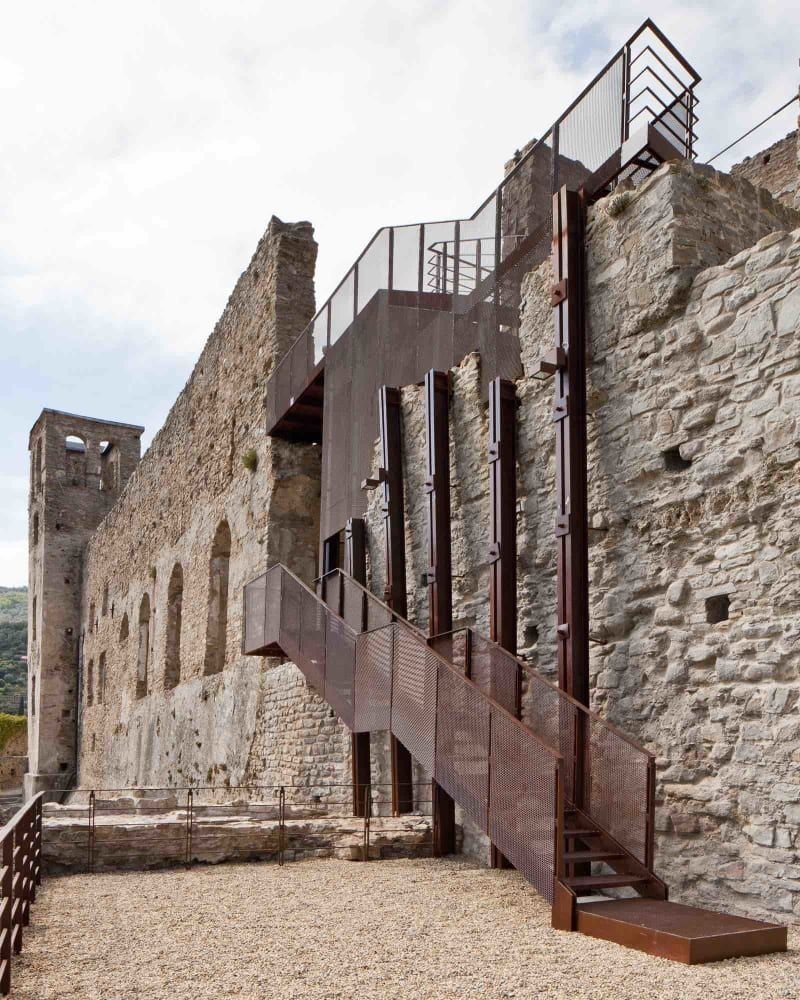
3.1 Documentation and Condition Assessment
Simulators generate exhaustive digital archives—preserving details that might deteriorate or be lost—forming a permanent record for future generations. They support:
- Recording fine-grained surface textures, joint conditions, and architectural details.
- Mapping decay and environmental damage spatially and temporally.
- Establishing baseline data for restoration prioritization.
3.2 Restoration Planning and Testing
Virtual simulators enable conservationists to:
- Model different restoration techniques, e.g., consolidation materials, structural reinforcements, or cleaning methods.
- Evaluate impacts via stress-analysis simulations or durability tests under changing climate conditions.
- Refine procedures prior to physical work, reducing risks to precious heritage fabric.
- Optimize resource allocation by simulating workflow and cost scenarios.
3.3 Training and Skill Development
Restoration simulators serve as educational platforms:
- Allowing practitioners to gain hands-on experience with virtual replicas of fragile artworks or architectural components.
- Enabling experimentation with various restoration tools and materials safely.
- Supporting transfer of traditional craftsmanship knowledge in conjunction with modern technology.
3.4 Stakeholder Engagement and Public Outreach
Immersive simulations raise awareness and support fundraising by:
- Allowing virtual tours illustrating deterioration and tentative restoration impacts.
- Providing interactive experiences that highlight cultural significance and conservation challenges.
4. Case Studies Highlighting Simulator Impact
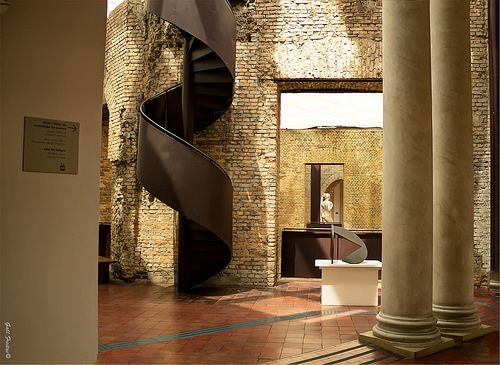
4.1 Notre-Dame Cathedral, Paris
Post-2019 fire, advanced LiDAR scans and 3D data captured precise structural damage. BIM models integrated historical scans to create an “architectural DNA” used for:
- Simulating scaffoldings and new structure insertions.
- Designing compatible mortar mixes after virtual lab tests.
- Coordinating diverse restoration teams with real-time updates.
This project demonstrated how digital simulation accelerates complex restoration without compromising integrity.
4.2 Longmen Grottoes, China
Advanced simulation coupled with 3D printing recreated collapsed cave sections using lightweight materials. Workflow included:
- Color 3D scanning and crack detection.
- Thermal and light field simulations optimizing repair material behavior.
- Assembly and artistic validation through virtual visualization.
This integration greatly enhanced restoration precision and safety.
4.3 Great Wall of China
AI-empowered drone LiDAR surveys assessed erosion and crack patterns over massive sections. Integrated sensor networks provided real-time environmental monitoring, supported by simulators predicting future wear conditions for timely intervention.
4.4 Bronze Artifacts Digitization and Virtual Restoration
AI-driven 3D modeling reconstructed fragmented ancient bronzes. Procedures involved:
- Multiview image acquisition.
- Noise reduction and gap filling.
- Implicit surface deformation recovery.
- Fragment matching and virtual assembly.
Resulting simulators aided accurate, reversible restoration strategies.
5. Benefits of Heritage Restoration Simulators
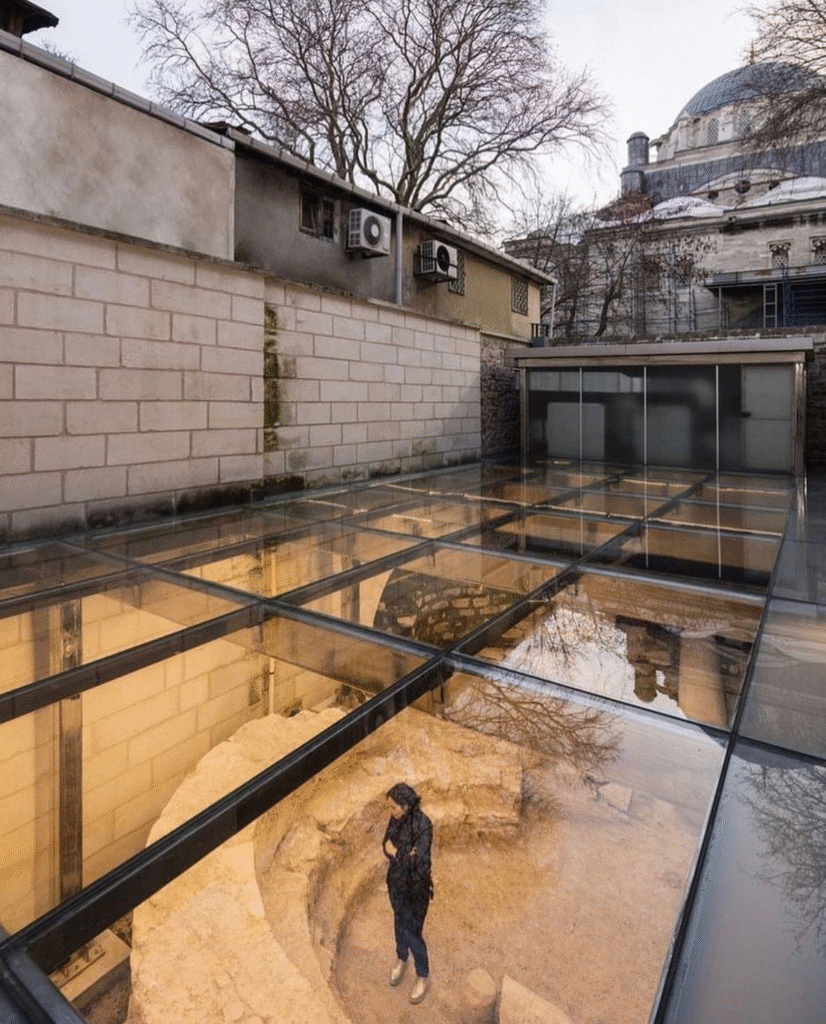
- Accuracy and Precision: Digital replication preserves details undetectable to human inspection.
- Risk Reduction: Simulation prevents costly trial-and-error physical intervention.
- Enhanced Collaboration: Multidisciplinary teams synchronize workflows remotely.
- Cost and Time Efficiency: Projects proceed faster with fewer unforeseen issues.
- Documentation for Future Generations: Digital archives prevent permanent cultural losses.
- Public Engagement: Virtual experiences democratize access and generate support.
- Predictive Maintenance: Ongoing simulations and monitoring prolong heritage lifespan.
6. Challenges and Limitations
- High Initial Costs: Advanced scanning, software, and trained personnel require significant investment.
- Data Complexity: Managing large, multi-source data sets demands robust computational infrastructure.
- Interdisciplinary Skill Gaps: Effective use necessitates expertise across heritage science, digital modeling, and AI.
- Regulatory and Ethical Concerns: Virtual restoration must safeguard authenticity and cultural sensitivities.
- Technological Access Gaps: Some regions or institutions lack access to these cutting-edge simulators.
- Continuous Updating Requirements: Digital twins and archives need maintenance as physical conditions evolve.
7. Future Directions and Innovations
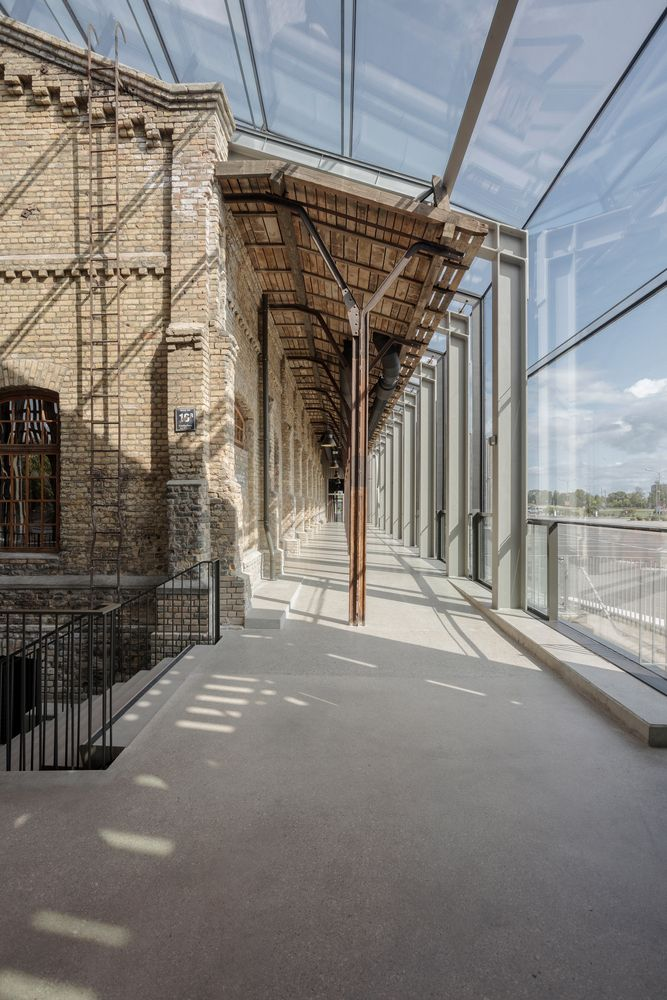
- AI-Driven Predictive Models: Enhanced algorithms forecasting decay and restoration outcomes with increasing precision.
- Multisensory VR/AR Integration: Richer immersive experiences combining visual, tactile, and auditory heritage elements.
- Real-Time IoT Monitoring: Expanding sensor networks feeding digital twins with granular environmental and usage data.
- Blockchain for Provenance: Securing digital restoration records transparently and immutably.
- Open-Source Heritage Platforms: Democratizing simulator tools to encourage global collaboration.
- Hybrid Physical-Digital Fabrication: Combining virtual simulation outputs with 3D printing for restoration material manufacturing.
- Community Crowdsourcing: Engaging public contributions in digital historical reconstruction and validation.
Conclusion
Heritage restoration simulators are setting a new standard for cultural conservation. By harnessing the full power of 3D scanning, BIM, AI, VR/AR, and digital twin technologies, these tools enable safer, smarter, more collaborative, and accessible restoration efforts that preserve authenticity and extend the life of treasure troves of human history.
Their transformative impact spans precise documentation, predictive maintenance, immersive educational experiences, and more efficient project execution. As these simulators become more sophisticated and widely available, they offer a hopeful pathway toward safeguarding vulnerable heritage amidst the pressures of modernity and environmental change.
For stakeholders chartering the future of heritage preservation—from governments and institutions to architects and communities—embracing restoration simulators is both a technological opportunity and a cultural imperative.
For expert consultation, integration, or collaboration on heritage restoration simulation technology and projects, please contact:
Mishul Gupta
Email: contact@mishulgupta.com
Phone: +91 94675 99688
Website: www.mishulgupta.com
